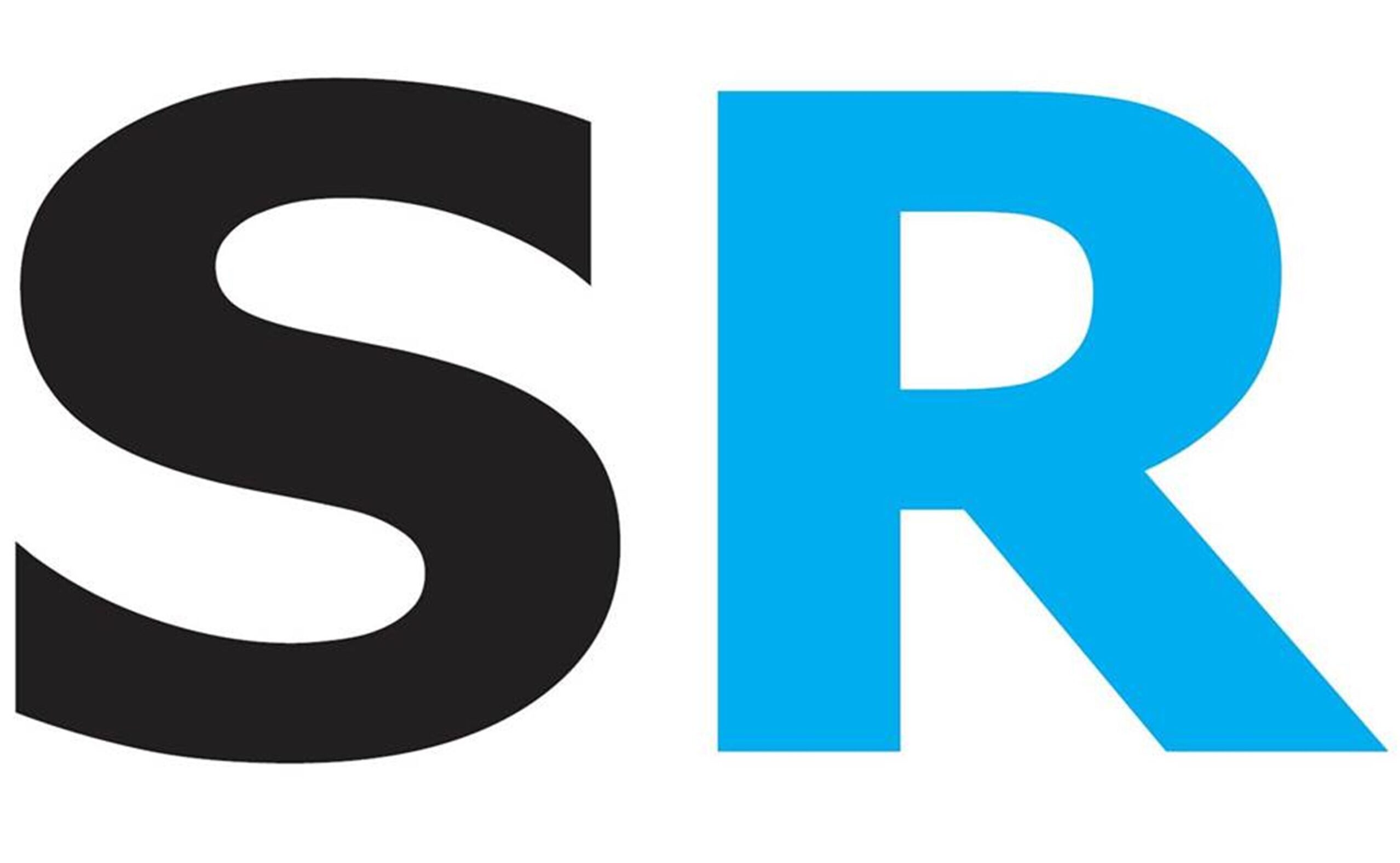When you hire a new employee, there is a lag time between their start date and their contribution to the company. During this time, the employee must be trained to develop the knowledge and skills to perform the work.
Training a new employee takes time. As a result, there must be effective methods in place to facilitate the process. This helps the employee begin producing and adding value to the organization as soon as possible.
Implement these five best practices when training a new employee.
1. Provide a Mentor
Pair the new employee with a seasoned employee who can provide insight into the company’s culture. The seasoned employee can provide guidance on how the company’s core values are shown through team collaboration and getting work done.
Talking with a mentor helps the new employee understand how they can blend with the culture and effectively begin producing. This helps provide value for the organization.
2. Clarify the Standard Operating Procedures
Let the new employee know what the standard operating procedures (SOPs) are for their role. Include the expectations and key performance indicators (KPIs) for success.
Using SOPs to train a new employee helps accurately share the nuances of the job responsibilities. Clarifying the KPIs helps the employee understand how success will be measured.
As a result, the new employee should understand what their objectives are, how to perform the work, and how successful they are in the position. These guidelines help the employee begin adding value to the business.
3. Customize the Training
Talk with the new employee about how they learn best. Then, tailor the training to fit the employee’s learning style.
For instance, the employee might enjoy training documents with step-by-step directions. Or, perhaps, the employee prefers to complete tasks as the manager provides instructions.
Customizing the employee’s training increases its effectiveness. This helps the employee begin producing in a reasonable amount of time.
4. Provide Structure and Time
Allow the new employee adequate structure and time for training. This may involve developing an onboarding map that lets the employee pursue training in specific areas as they desire. Then, the employee can meet with their manager to report their progress and summarize their learning.
This process encourages the employee to use their instinct to determine their learning and development path. It also provides opportunities for one-to-one connection.
5. Keep the Training Materials Centrally Located
Store the new employee’s training materials in a reliable location. This provides easy access to the information.
Update the information when needed. Ensure the materials are easy to navigate and understand.
The employee can find answers to questions as they come up. This facilitates learning and independent work.
Need Help Hiring Employees?
Work with Staff Right Solutions to help with hiring new employees. Learn more today.
